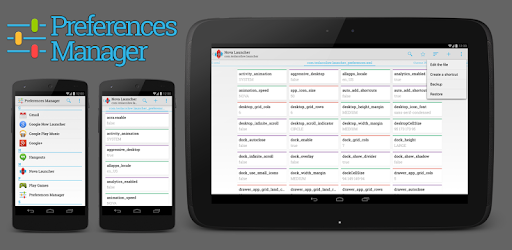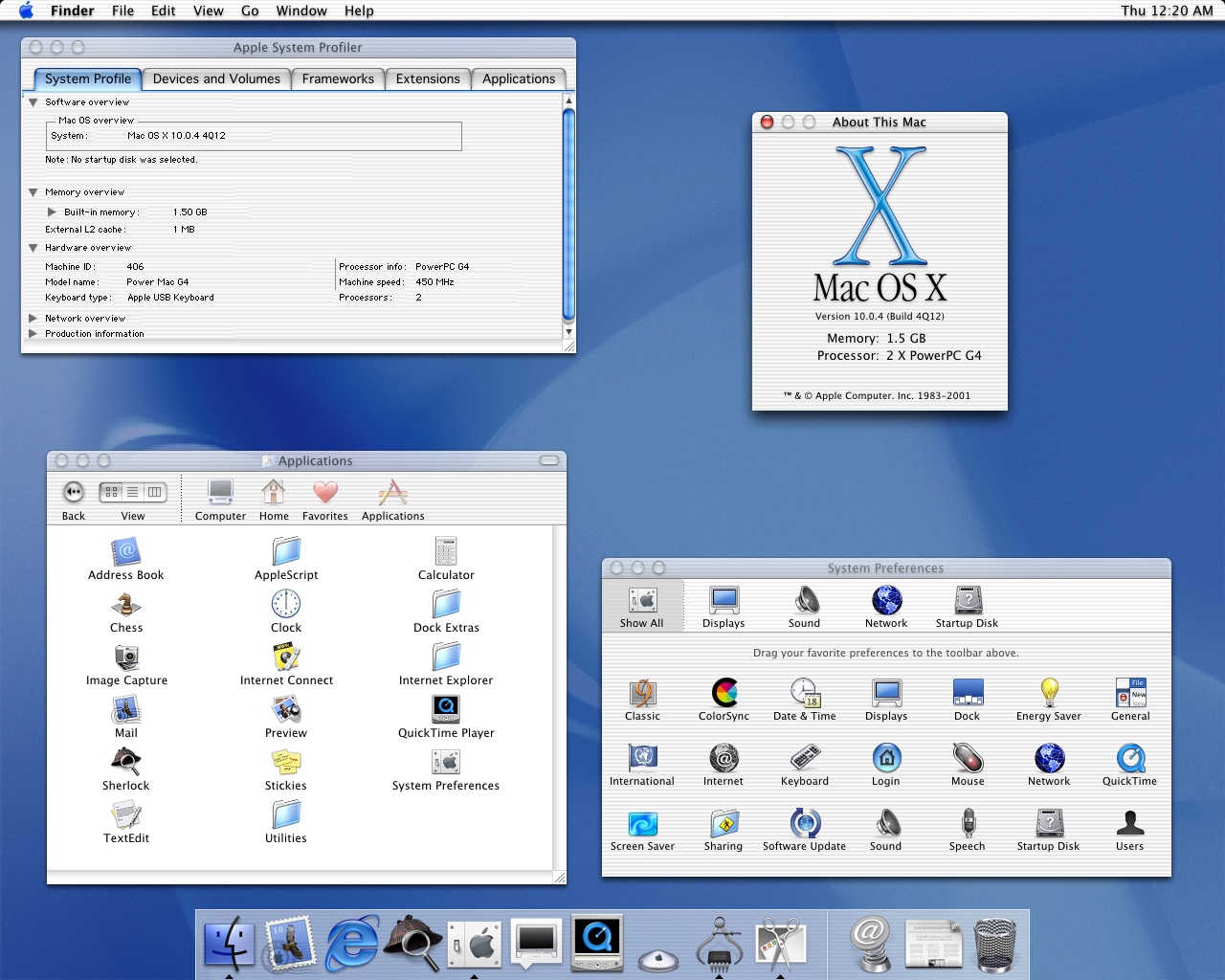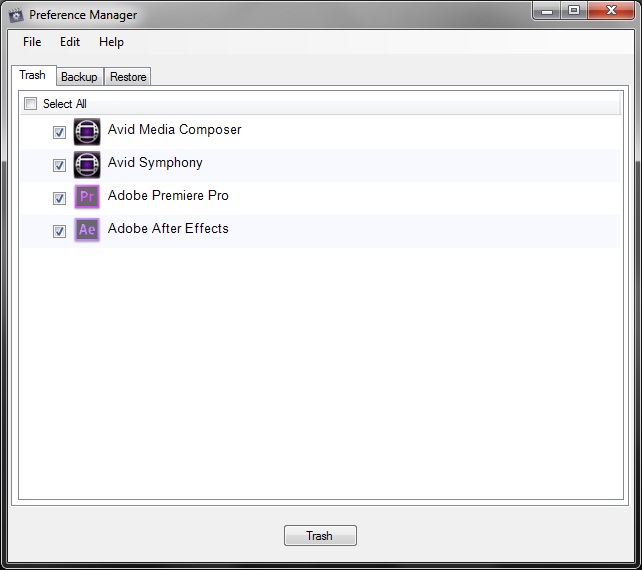

To mark a directory as a favorite, select its star icon.
First start preference manager full#
To see a full list of directories to which you have access, select All Directories. To choose a different startup directory, select change to go to the Appearance + startup views page, where you can change this option. The Startup directory shows the default directory when you sign in to the Azure portal. In the Directories section, you'll see your Current directory (which you're currently signed in to).

The Directories + subscriptions page lets you manage directories and set subscription filters. Most settings are available from the Settings menu in the top right section of global page header. Preferences.preferencesKey() defines a key for each value that you need to store in the DataStore Step 3: Creating ViewModel classĬreate a new ViewModel class called UIViewModel.You can change the default settings of the Azure portal to meet your own preferences. We have created a key UI_MODE_KEY which will store the boolean value for either the light or dark mode. Import Ĭlass UIModePreference(context: Context) because we are mapping boolean values(remember we are storing boolean values in our datastore). Step 1: Adding dependenciesĪdd the following dependency to your adle in your app level. We will be adding Jetpack datastore to a project to change the UI mode, ie, from light to dark. This is by storing data as instances of a custom data type. Proto DataStore - stores typed objects.It is pretty similar to Sharedpreferences Preference DataStore - stores key-value pairs.Has transactional API with strong consistency guarantees.Safe to call from the UI thread because the work is moved to Dispatchers.IO.It uses key-value pairs to store simple data.With all that, you have to access Sharedpreferences to read the whole file no matter how large it is, bring the data in memory while all this is happening on the UI thread. This is because when using the app, you try to access the value of a particular key as soon as the app launches. The most common reason is the long-running tasks on the main UI-thread. If you have worked with Sharedpreferences you might have gotten an ANR (Application Not Responding) on your app. It has a few drawbacks that make it a little bit complex to work with. SharedPreferences is common among developers, but people are finding better solutions to store data that are more powerful and efficient.
First start preference manager how to#
How to implement datastore preferences.Key differences between datastore and SharedPreferences.Good understanding of Kotlin (as we will use it as our primary language).This way you will not have to worry about referential integrity or partial updates. If you are working with large/complex datasets, consider using Room. It works well with small simple datasets. Introductionĭatastore uses Kotlin coroutines and flow to store data asynchronously, consistently, transactionally, and to handle data corruption. We will work on how to change the UI mode of an app. In this tutorial, we will learn how Jetpack DataStore works.

DataStore is an improved data storage solution by Google to replace SharedPreferences for persisting simple pieces of data such as key-value pairs or typed objects with protocol buffers.


 0 kommentar(er)
0 kommentar(er)
